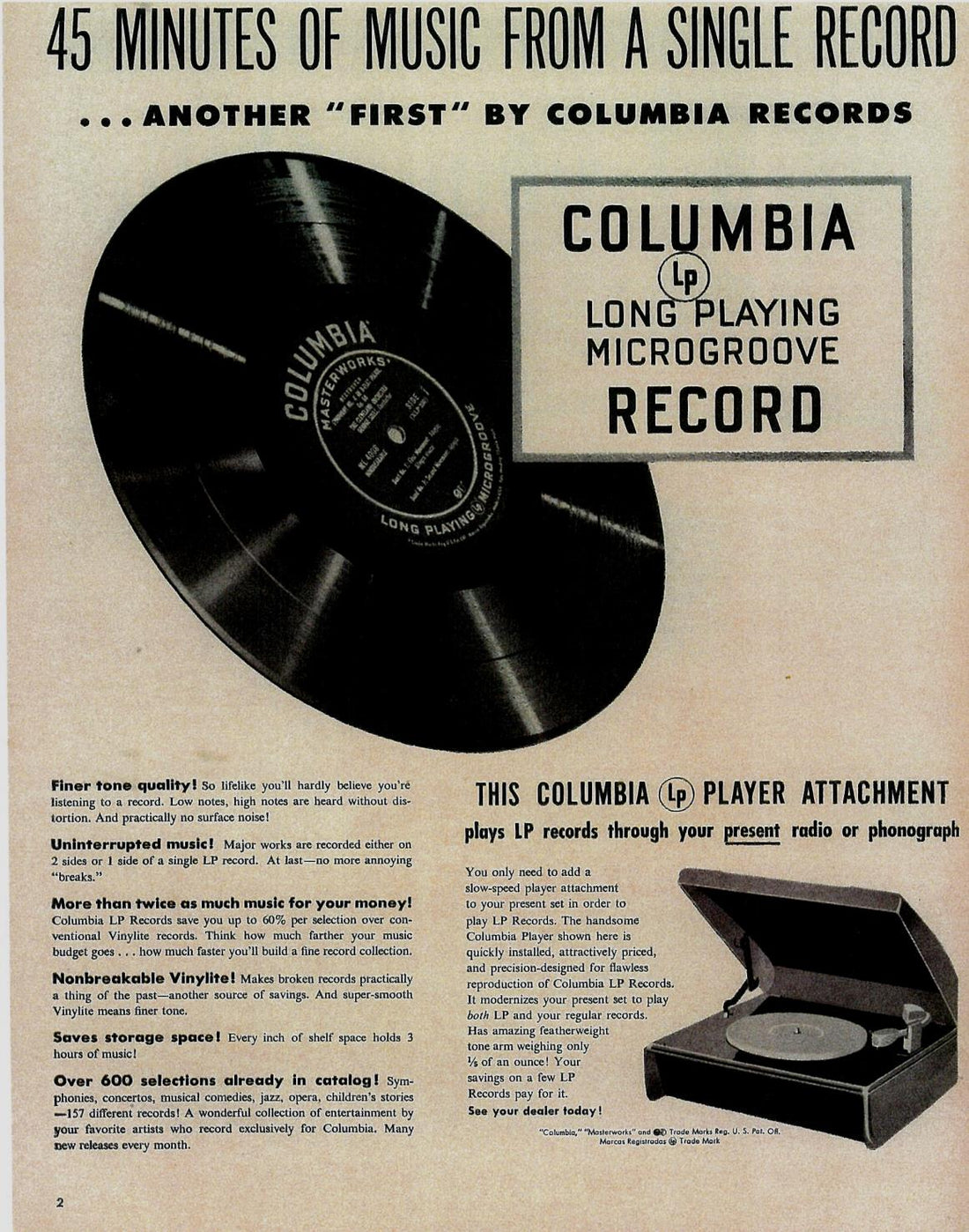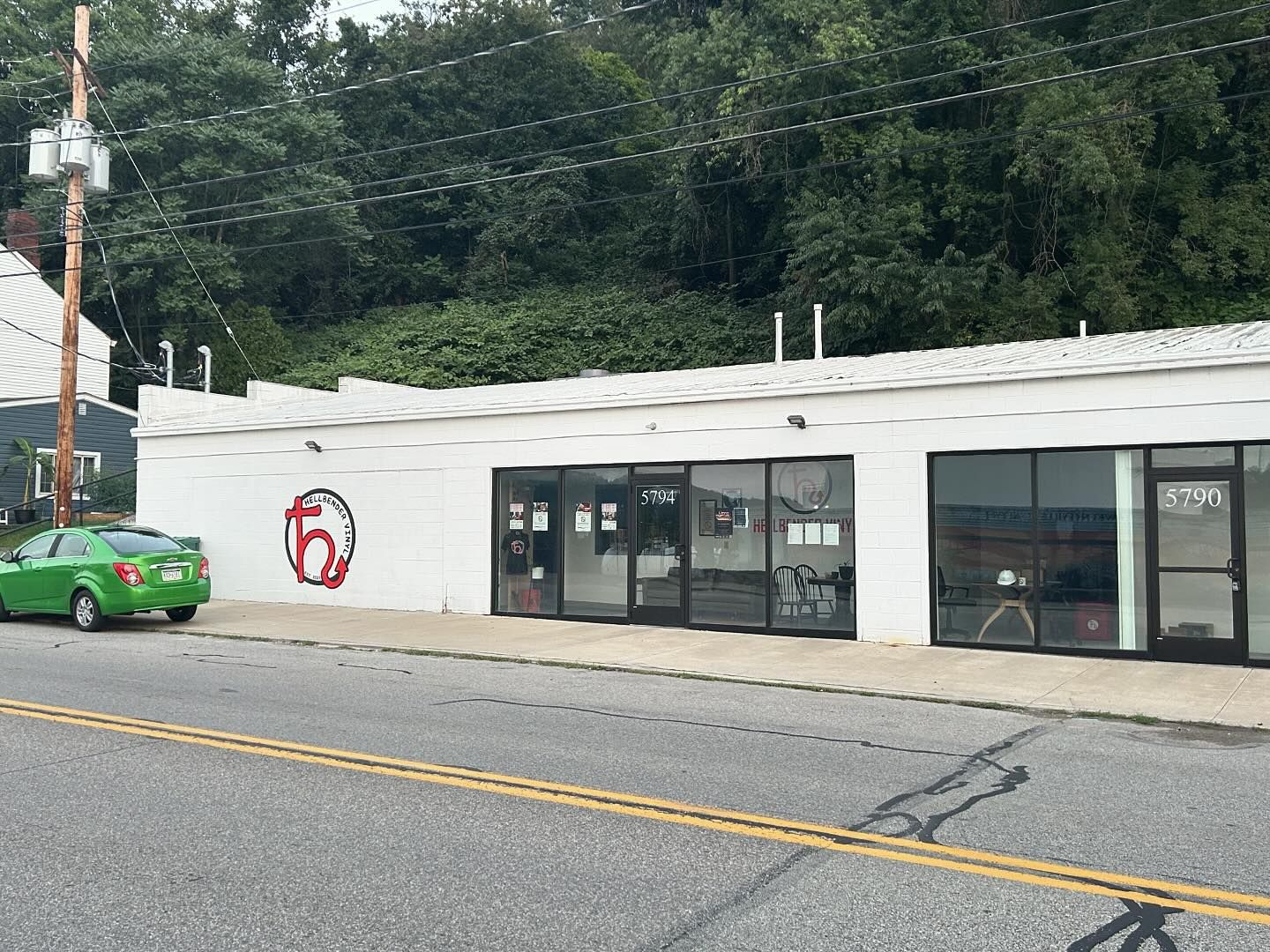
Vinyl: A Quick History
Before vinyl records, music fans couldn't choose what to listen to at home—they were limited to whatever was playing on the radio. This changed forever in 1948 when Columbia Records introduced the 33⅓ rpm vinyl record, using microgroove technology that extended playtime to a revolutionary 21 minutes per side. This innovation triggered the "War of Speeds" as competitor RCA Victor quickly released the 45 rpm format, with each speed eventually finding its own niche—33⅓ for full albums (LPs) and 45 for singles.
Vinyl's reign was challenged in 1979 when Sony's Walkman revolutionized music listening with portable cassette technology. Suddenly, music could go anywhere, and vinyl sales began to decline. The subsequent decades brought more portable innovations—CD players in the 80s, iPods in 2001, and eventually streaming services—each making music increasingly accessible while pushing vinyl further into obscurity.
Yet something remarkable happened in 2008: vinyl record sales increased by 89%, the first significant rise since 1984. This resurgence has continued, with nearly 10 million vinyl records sold in 2018 alone. Despite digital audio's technical perfection, many listeners have rediscovered the warm, imperfect sound of vinyl and the tangible connection to music it provides.
The story of vinyl isn't just one of technical innovation—it's also a story of cultural preservation and personal connection. Each record carries the imprint of its time: album art that spoke to social movements, lyrics that became anthems, and audio nuances that digital formats sometimes smooth over. Vinyl continues to thrive not just for its warm sound, but for the ritual—selecting a record, carefully placing it on the turntable, lowering the needle, and leaning in as the first notes crackle to life. That moment is both nostalgic and immediate: a reminder that music is meant to be experienced, full‑bodied and immersive. As we look ahead, vinyl’s appeal endures because it bridges past and present, tradition and innovation. Whether you're spinning a classic reissue or supporting a new band’s first pressing, you're participating in a rich legacy—and the story is still being written, groove by groove.
Sources:
https://victrola.com/blogs/articles/beyond-the-needle-history-of-vinyl-records
https://www.whatisvinyl.com/
https://www.newworldencyclopedia.org/entry/Shellac
http://americanhistorynow.org/2014/01/27/the-history-of-vinyl/

